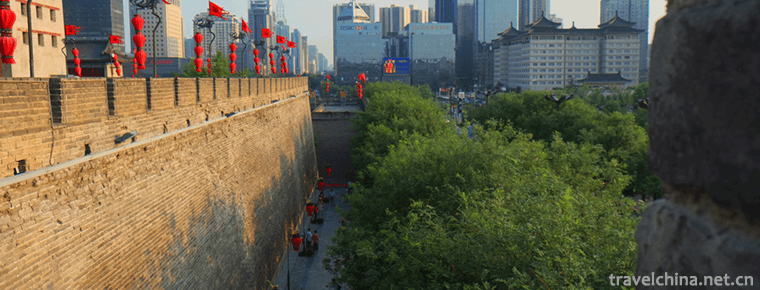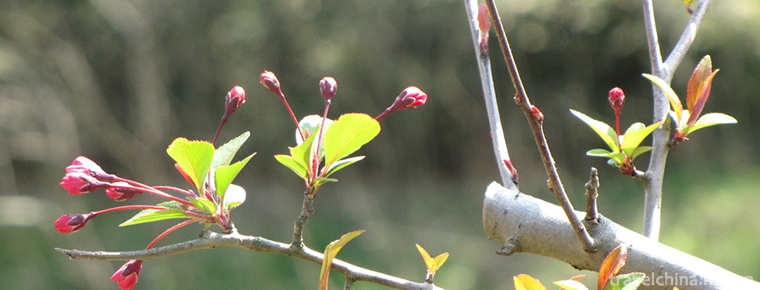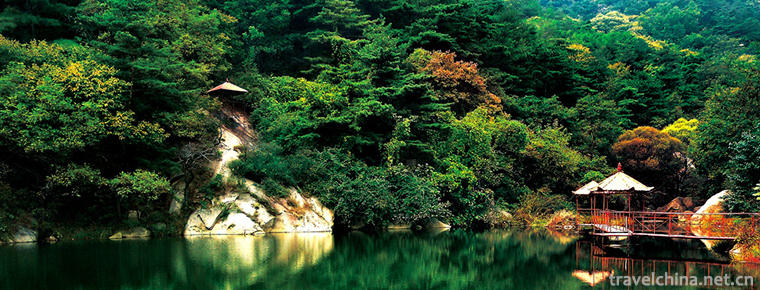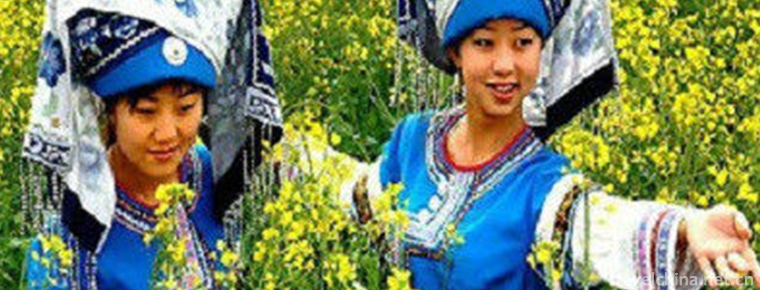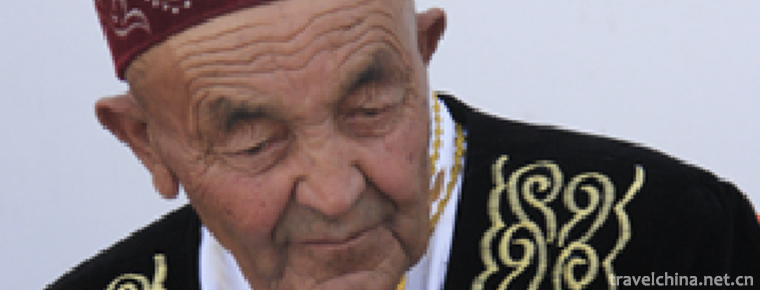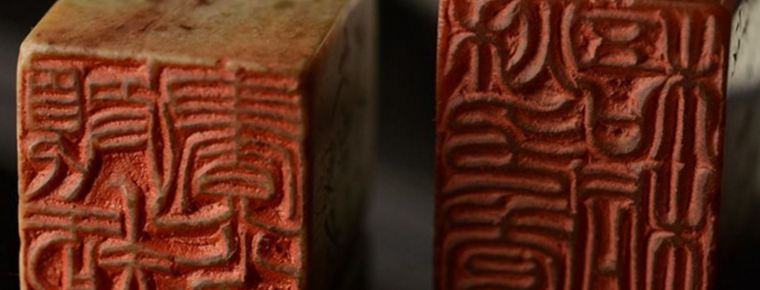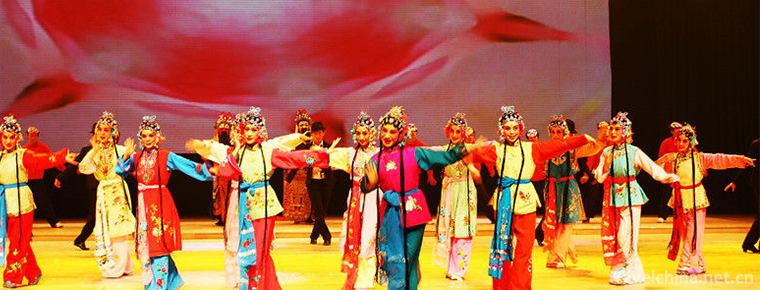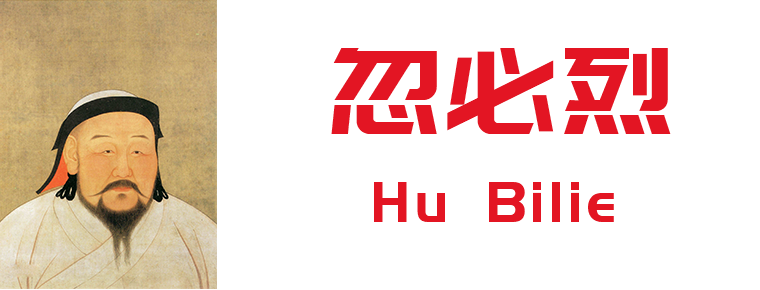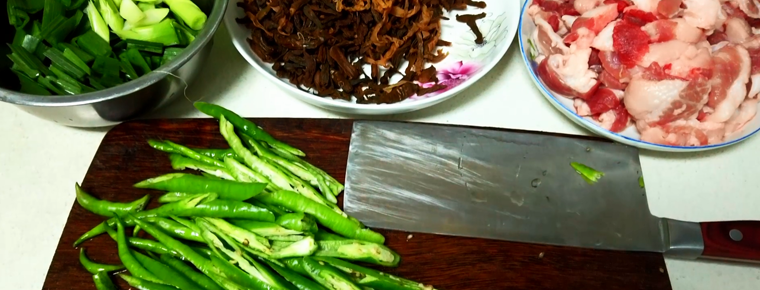Langzhong Tiangong Courtyard Fengshui Cultural Scenic Area
Langzhong Tiangong Courtyard Fengshui Cultural Scenic Area
Tiangongyuan Fengshui Cultural Scenic Area is located in Tiangong Township, southwest of Langzhong City, 29 kilometers away from the urban area, covering an area of more than 10 square kilometers. The scenic spot has a long history and abundant tourism resources. Its forest coverage rate is over 52%, and the climate is warm and pleasant. Tiangongyuan, the core scenic spot, was also listed as a provincial cultural relics protection unit in 2002, and its Tiangong village was listed as a provincial historical and cultural village in 2005. It is also a national AAAA scenic spot. It is the only Chinese traditional geomantic omen theory as the theme of cultural tourism scenic spots.
Historical culture
Founded in Tang Dynasty, it will be rebuilt in three years tomorrow. Because of the profound astronomical culture in Langzhong, astronomers Yuan Tianquan and Li Chunfeng of the Tang Dynasty settled down in their late years. They chose the place to observe the sky, wrote books and said that they were buried there after their death. The Tiangong Court was built in memory of them.
geographical environment
The Fengshui Cultural Scenic Area of Langzhong Tiangong Court is located in Tiangong Township, Langzhong City, Sichuan Province.
The scenic spot has a long history, rich tourism resources, forest coverage of more than 52%, and a pleasant climate. The scenic spot consists of Tiangong Court Ancient Architecture Complex, Tang Dynasty astronomer, Taoist geomancy master Yuan Tiangu Tomb and Li Chunfeng Tomb, Tiangong Ancient Town, Xihe Ancient Street, Xihe Tourist Area, Jiuqu Taijishui and other scenic spots. Among them, Tiangong Court, the core scenic spot, was listed as a provincial cultural relic protection unit in 2002, and Tiangong Village, where it is located, was listed as a provincial historical and cultural village in 2005.
Main attractions
Tianhou Palace Scenic Spot
Temple of heaven
Founded in the Tang Dynasty, it was abandoned in the dynasty. The existing building was rebuilt in the third year of Ming Ying Zong Tianshun (1459 A.D.) and is a provincial cultural relics protection unit. It was built in memory of the astronomers and algebraists of the Tang Dynasty, Yuan Tianquan and Li Chunfeng, masters of geomantic omen of Taoism. Legend has it that this courtyard is the best place for both Yuan and Li to "insert bronze money with gold needles". It has been used as a folk astronomical number research and pilgrimage place, as well as a folk Taoist and Buddhist courtyard. Tiangong Courtyard is built on a turtle-back-like "Shengbaogang" stone terrace, which is a holy place with the pattern of "holding the sacred in Kowloon" in geomantic omen.
Compass square
Compass Square is composed of Tianchi, Longfeng Rotating Chair, 13 layers of information of heaven, earth and human, and sixty-four hexagrams and drums around it. It can be called "the world's largest compass". When people enter the compass square, they will be brought into the mysterious and mysterious geomantic world and feel the extraordinary wisdom of the geomantic sages.
Chunfeng Tomb Scenic Spot
Li Chunfeng Tomb, located in Wulongtai Mountain, 3 kilometers south of Tiangong Courtyard, covers an area of 2300 square meters. The tomb is a circular hill with a top of 20 meters. The pattern of "two dragons holding pearls" is formed by the arch support echoed by the Paomaling and Huilong Mountains.
Puebei Garden is located at the foot of Li Chunfeng's tomb. On the scenic wall shaped by dragons and phoenixes, it shows the amazing prophecy books of Yuan Tiangu and Li Chunfeng, masters of Tang Fengshui.
Push Back Map. There are 60 elephants in the book, in order of 60 Jiazi. Each elephant is equipped with "pictures", "hexagrams", "prophecies" and "eulogies". It predicts the prosperity and disorder of later generations. The comments of Jin Shengtan, a scholar in the late Ming and early Qing Dynasties, are also attached. Entering the pushback garden is like entering a mysterious maze of knowledge; appreciating the pushback pictures is interesting and enjoyable.
Tiangu Tomb Scenic Spot
Yuan Tiangu's tomb is located on the hillside of Guanjia Mountain, one kilometer away from Tiangong Court, situated in the north and south, covering an area of 1,600 square meters. It is the place where Yuan Tiangu, the master of Fengshui in Tang Dynasty, chose to return. The tomb is built on the hill, facing the palace of heaven, which corresponds to Li Chunfeng's tomb. The Ming Tang in front of the tomb is vast, with Longshan on both sides. The two rivers of Dengjia River and Fengming River converge into the Xihe River. The geomancy of the two rivers follows the pattern of "Kirin running to the sun".
Tourist guide
Tickets: $40
Opening hours: 8:30-17:30 (October 8-April 30), 8:30-18:00 (May 1-October 7)
Development road
In Tiangong Township of Langzhong City, Nanchong, Tiangong Village, with its strong cultural background and emerging agricultural industry, has become a well-known rural tourist attraction in Northeast Sichuan. Today, Sichuan News Network reporters learned that a team of the village's Party branch skillfully took advantage of external forces, tapped potential, and strengthened their strength, and went out of a practical way to enrich the people and revitalize the village.
Tiangongyuan Village in Langzhong City has a provincial cultural relic protection unit, Tiangongyuan ancient building complex, Yuan Tiangong cemetery and Li Chunfeng cemetery. In addition, the village still has relatively intact Ming and Qing Dynasty residential Mujia ancient courtyard, ancient Han tombs, Longshanyi site, Hanchong Guoxian site and other high-value historical and cultural sites.
Scenic spot honor
Provincial cultural relics protection units; National AAAA-level scenic spots; China's only traditional geomantic omen theory as the theme of cultural tourism scenic spots.


-
Xian City Wall Scenic Area
Xi'an City Wall Scenic Area and National AAAAA Tourist Scenic Area are the four-in-one Scenic Area around the city with the theme of the ancient city wall of Xi'an, including the moat.
Views: 135 Time 2018-12-12 -
Gucun Park Shanghai
Gucun Park is located in Gucun Town, Baoshan District, from north to Shapu, south to Jiazaobang, and adjacent to Huanbei Avenue of the Outer Ring Road,.
Views: 91 Time 2018-12-19 -
Anbang River National Wetland Park
Anbang River National Wetland Park is built on the basis of Anbang River Provincial Wetland Nature Reserve, which is located in Shuangyashan City, Heilongjiang Province.
Views: 130 Time 2019-01-02 -
Lushan National Forest Park
Located in the center of Shandong Province, Lushan National Forest Park is an important scenic spot of Boshan Scenic Tourist Area, with its main peak at 1108.3 meters above sea level, the highest peak.
Views: 147 Time 2019-02-06 -
Bouyei Pange
Bouyei Pange is a traditional folk song of the Bouyei nationality. It is a folk literary work created and sung in the original Bouyei language. Bouyei Pange is popular in Buyi villages.
Views: 117 Time 2019-04-04 -
Kazakh Dastan
Dastan is the main carrier of Kazakh folk culture. It is a folk rap art with a long history. Every Dastan has a complete story. All kinds of Kazakh folk culture are handed .
Views: 143 Time 2019-05-02 -
Jinshi seal carving
Epigraphic seal carving is an ancient Chinese traditional arts and crafts, which belongs to an important part of Chinese stone culture. As the birthplace of inscription, Xiling Seal Press has been lis.
Views: 298 Time 2019-05-07 -
Western Fujian drama
Western Fujian Han Opera, formerly known as "Waijiang Opera", also known as "Ran Tan", is one of the local operas in Fujian. He was born out of foreign operas, absorbed Hakka diale.
Views: 205 Time 2019-06-05 -
Sichuan Zhuqin
Sichuan Zhuqin is an ancient traditional opera. The performers hold fishing drums and rap stories. The original name is Mingqin. Because its accompaniment instrument is a bamboo drum drum, it is also .
Views: 84 Time 2019-06-16 -
Hu Bilie Kublai Khan
Kublai was from 1215 to 1294, namely, Yuan Shi Zu, Mongolian, statesman and strategist. regent Torre Fourth sons, Yuan Xian Zong Mongo Brother. Yeke Mongghol Ulus The last generation of Khan, also at .
Views: 146 Time 2019-09-07 -
Stir fried pork with salted vegetables
Stewed pork with dried plum is a famous traditional flavor dish in Shaoxing, Zhejiang Province. The main raw materials are dried plum and streaky pork. Dried vegetables absorb meat fat to remove astri.
Views: 460 Time 2020-03-18 -
Mianyang tertiary industry
In 2019, the added value of the tertiary industry in Mianyang will increase by 9.4%, 0.9 percentage points higher than the average level of the whole province. Among them, the added value of wholesale and retail industry increased by 9.5%, transportation.
Views: 330 Time 2020-12-14
